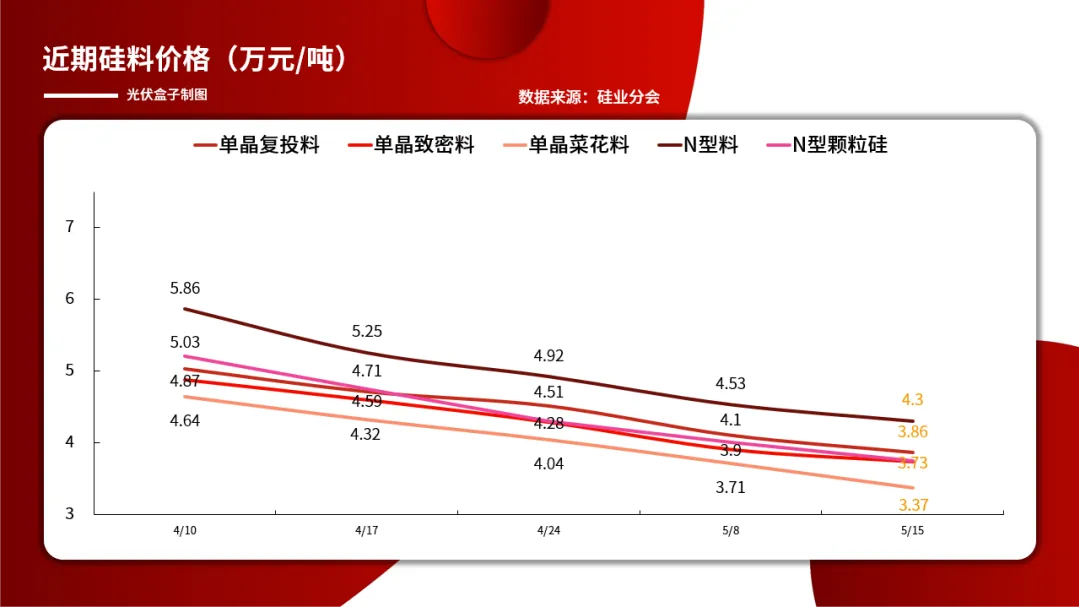Advantages and Applications of Bifacial Solar Panels in Modern Energy Solutions
Understanding Bifacial Solar Panels A New Era in Solar Technology
As the demand for renewable energy solutions continues to rise, solar power remains at the forefront of sustainable energy development. Among the various innovations in solar technology, bifacial solar panels are making waves due to their efficiency and versatility. Unlike traditional monofacial solar panels that capture sunlight from one side only, bifacial panels can harness solar energy from both the front and back sides. This article delves into the workings, advantages, and challenges of bifacial solar panels, highlighting their potential to revolutionize the solar energy landscape.
How Bifacial Solar Panels Work
Bifacial solar panels consist of a transparent back sheet that allows sunlight to pass through to the rear side while the front side is equipped with solar cells. This design enables the panels to absorb sunlight directly from the sun as well as bounce light from the ground and surrounding surfaces—effectively doubling their ability to convert solar energy into electricity. The amount of energy generated from the rear side can vary depending on the albedo effect, which is the measure of how much light that hits a surface is reflected back. Surfaces with high albedo, such as sand or snow, can significantly enhance the efficiency of bifacial panels.
Advantages of Bifacial Solar Panels
1. Increased Efficiency One of the foremost advantages of bifacial panels is their increased energy output. Studies indicate that bifacial solar panels can yield 10% to 30% more energy compared to traditional panels under optimal conditions. This is particularly beneficial in areas with plenty of sunlight and reflective surfaces.
2. Durability and Longevity Bifacial panels are often constructed with robust materials such as tempered glass, enhancing their durability. They are generally resistant to environmental factors such as hail and snow accumulation, which can contribute to a longer lifespan compared to conventional panels.
3. Flexible Installation Options Due to their ability to absorb light from both sides, bifacial panels can be installed in various configurations, including elevated solar farms, ground-mounted systems, and rooftops. This flexibility provides energy solutions in diverse environments, from urban settings to remote regions.
bifacial panels

4. Lower Land Use Given their enhanced efficiency, bifacial panels can generate more power from less land, reducing the footprint of solar farms. This characteristic is particularly advantageous in land-scarce regions, making solar energy more accessible.
5. Environmentally Friendly By maximizing energy output without requiring more land or resources, bifacial panels contribute to sustainable energy practices. Their high efficiency translates to fewer panels required to generate the same amount of energy, further lowering the environmental impact.
Challenges and Considerations
Despite their numerous advantages, bifacial solar panels are not without challenges. One of the primary concerns is the initial investment; bifacial panels typically have a higher upfront cost compared to traditional monofacial panels. This can be a barrier for homeowners and businesses looking to adopt solar technology.
Additionally, while bifacial panels can be more efficient, the performance gains are heavily influenced by environmental conditions. For instance, installations in areas with low albedo surfaces may not see the high efficiency levels that are possible in more reflective environments. Proper site selection becomes crucial in ensuring that the potential of bifacial technology is fully realized.
The Future of Solar Energy
As technology continues to advance, bifacial solar panels are expected to play a significant role in the future of solar energy. With ongoing research and development aimed at improving efficiency and reducing costs, the adoption of bifacial panels may become more widespread.
In conclusion, bifacial solar panels represent a promising advancement in solar technology, offering enhanced efficiency, durability, and flexibility in installations. While challenges such as cost and environmental influence remain, the long-term benefits make bifacial panels an appealing option for those looking to invest in renewable energy. The transition to bifacial technology could pave the way for a more sustainable and energy-efficient future, contributing to global efforts toward mitigating climate change.
-
Unlocking Energy Freedom with the Off Grid Solar InverterNewsJun.06,2025
-
Unlock More Solar Power with a High-Efficiency Bifacial Solar PanelNewsJun.06,2025
-
Power Your Future with High-Efficiency Monocrystalline Solar PanelsNewsJun.06,2025
-
Next-Gen Solar Power Starts with Micro Solar InvertersNewsJun.06,2025
-
Harnessing Peak Efficiency with the On Grid Solar InverterNewsJun.06,2025
-
Discover Unmatched Efficiency with the Latest String Solar InverterNewsJun.06,2025







